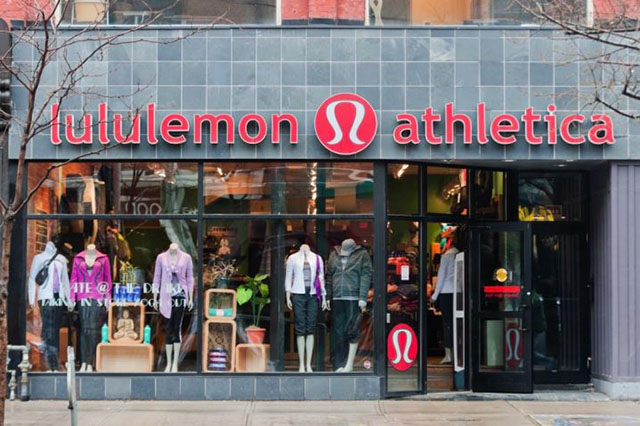
Web Developers
At the 2017 William Blair & Company Growth Stock Conference in Chicago, Lululemon COO and CFO Stuart Haselden presented company highlights and the key growth drivers that will help the company reach its goal of $4 billion in revenues in 2020.
Men’s business: Today, Lululemon’s men’s business accounts for 18% of its revenues and management forecasts that it will account for 25%or more of revenues in 2020. Haselden reported that there is “a lot of energy” around the men’s business, which is a growth opportunity for a company that has been “rooted in women’s apparel and women’s business.”Haselden said that the company has done significant research on the men’s business and that it believes its men’s product offering is differentiated.
Co-located model: Lululemon is expanding selected super-productive stores (which it classifies as those that generate revenues in the $7 million range) and adding 50% incremental square footage to them.The company plans to expand 15 of these stores in 2017, and says it has experienced a 30%–40% revenue increase in the stores that it has already expanded. This strategy is designed in part to present the men’s assortment more powerfully. The company increased the square footage of its Mall of America store by 50% and increased the men’s section square footage by 100%, which resulted in a sales increase in men’s that was proportional to the inventory increase.
Product design: The company has a new men’s head designer and is working on cross-functional teams that are focused on delivering innovative products, particularly in jackets and outerwear. Lululemon is also looking at innovation in its current product categories and exploring new categories to enter.
E-commerce: The company is overhauling its website to improve visual merchandising and functionality. Lululemon has executed two website releases with its digital strategy since the beginning of the year, and it has reported improved customer conversion rates. Management highlighted that the company wants guests to have a seamless experience online and in stores and that one cannot understate how intertwined the e-commerce and brick-and-mortar channels are. Management seeks to achieve a 25% e-commerce penetration rate by 2020.

